The Welsh valleys as you've never seen them before
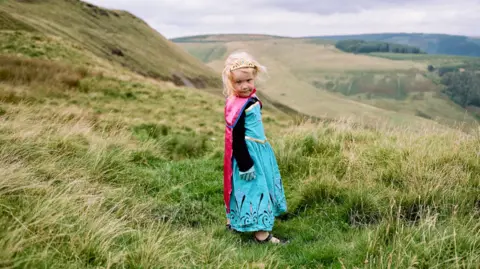 Dan Wood
Dan WoodDan Wood has fond childhood memories of visiting the Rhondda valley in south Wales with his mum.
"Every Saturday my mother would throw me in the car and we’d go up over the Bwlch mountain and visit about six different people’s houses - aunties, nieces," he said.
"I’d be sitting in the car staring out at the landscape with all these questions about the place... it just felt like another world."
It was these early memories which drew Dan back to the Rhondda as a photographer many years later, with his two young children in tow.
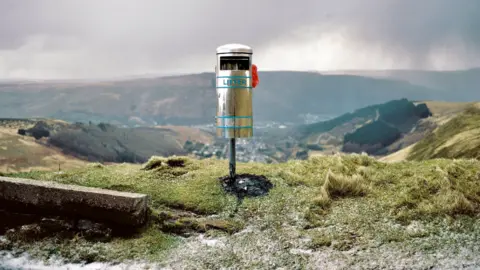 Dan Wood
Dan Wood"My parents are from the Rhondda so there was this connection," said Dan, 49, from Bridgend.
"I spent two-and-a-half years up there documenting the landscape and the people... I was up there every other day."
Dan's work now forms part of a special exhibition at the National Museum Cardiff, exploring how the valleys were transformed by the explosion of industry and its subsequent decline.
More than 200 pieces of art are on display - including paintings, photography, film and applied art.
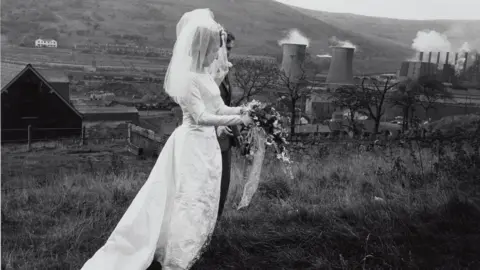 Bruce Davidson
Bruce DavidsonThe exhibition begins pre-industry, when the south Wales valleys were sparsely populated.
During the industrial revolution of 1760-1840, the large scale exploitation of iron and coal began to transform the landscape.
 Thomas Hornor
Thomas HornorAs industry boomed, previously rural areas became thriving communities.
The Rhondda's population grew from 900 in 1830 to more than 100,000 by 1900.
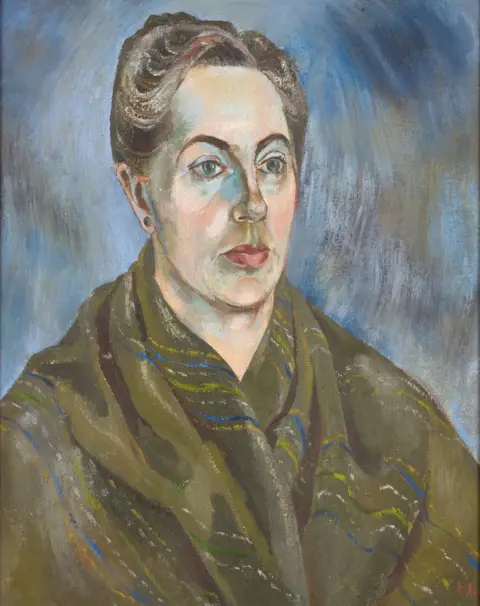 Esther Grainger
Esther Grainger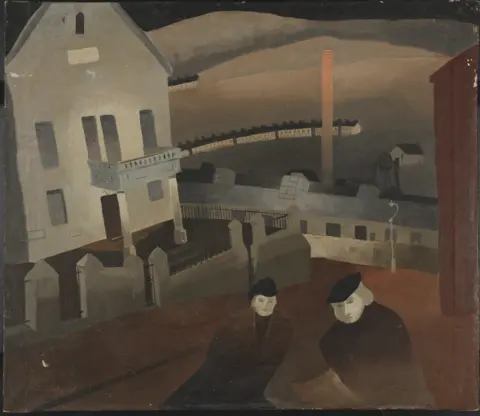 George Poole
George Poole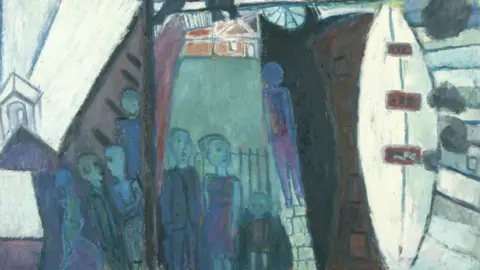 Ernest Zobole
Ernest ZoboleWhen a programme of coal mining closures came in the 1980s and 1990s, thousands of Welsh miners lost their jobs.
The exhibition's curator, Dr Bronwwen Colquhoun, said the valleys communities she worked with were keen to make the exhibition about more than the area's industrial past.
"We wanted the exhibition to be really positive about the valleys, the area and the landscape," said Dr Colquhoun.
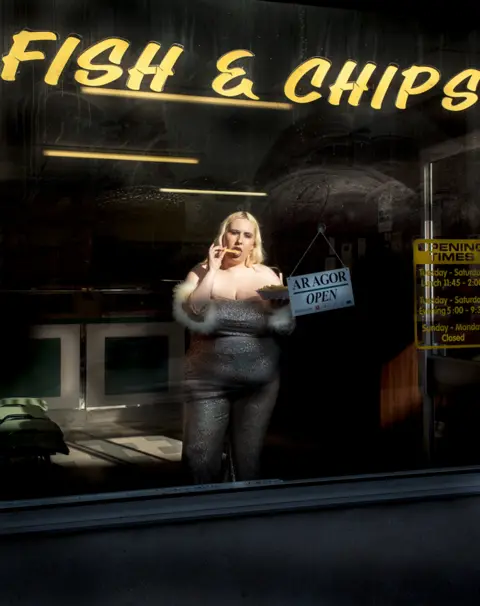 Megan Winstone
Megan Winstone"We spoke with the communities who we were working with to ask them what they would want to see and how they would want to be represented.
"They didn’t want that nostalgic take on the valleys... they wanted to look at the broader, more diverse landscape.
"We’ve tried to curate the show in a way where you take more from it than just the history of industry in the area."
The Valleys exhibition is free to enter and is on show at the National Museum Cardiff until 3 November, 2024.
